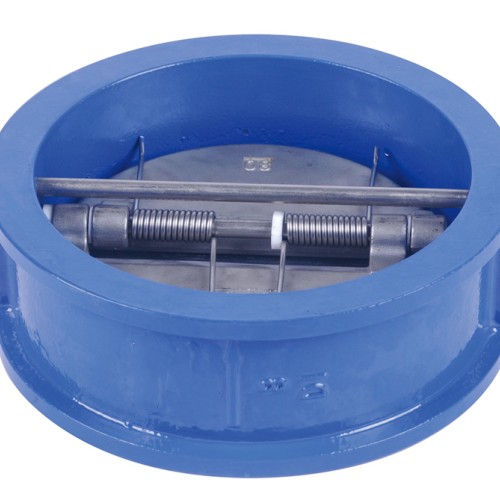direct acting solenoid valves manufacturer
Direct Acting Solenoid Valves An Overview
Direct acting solenoid valves are essential components in various industrial applications, offering reliable and precise control of fluids and gases. Unlike pilot-operated valves, direct acting solenoid valves operate based on the direct electromagnetic force applied to the valve mechanism, making them suitable for low-pressure systems. This article explores the significance of direct acting solenoid valves and the role of manufacturers in producing these critical components.
The working principle of a direct acting solenoid valve involves a coil that generates a magnetic field when energized. This magnetic field moves an armature, which is connected to the valve mechanism. When the solenoid is activated, the armature lifts off its seat, allowing fluid to flow through the valve. Upon deactivation, the spring force returns the armature to its original position, closing the valve. This straightforward design allows for fast response times and high reliability, making these valves ideal for applications such as water control, HVAC systems, and automated machinery.
Manufacturers of direct acting solenoid valves play a crucial role in ensuring the quality and performance of these valves. They utilize advanced materials and manufacturing processes to produce valves that can withstand harsh environmental conditions, including high temperatures, corrosive fluids, and varying pressure levels. The choice of materials, such as brass, stainless steel, and plastics, significantly affects the valve's durability and application suitability.
direct acting solenoid valves manufacturer

In addition to material selection, manufacturers focus on designing valves that meet specific industry standards and certifications. This includes compliance with international standards such as ISO and CE certifications, which ensure that the valves are safe and reliable for use in various applications. Additionally, manufacturers often conduct rigorous testing, including leak testing and performance testing, to guarantee that the valves meet the rigorous demands of their intended applications.
Moreover, many manufacturers offer customization options to cater to the unique needs of different industries. This includes varying valve sizes, voltage ratings, and configurations to suit specific installation requirements. Such customization capabilities enable manufacturers to serve a diverse customer base, from small-scale operations to large industrial applications.
As technology continues to evolve, the future of direct acting solenoid valves looks promising. Manufacturers are integrating smart technology and IoT capabilities into their products, allowing for remote monitoring and control. This advancement enhances operational efficiency and enables predictive maintenance, reducing downtime and costs associated with valve failures.
In conclusion, direct acting solenoid valves are vital components in controlling fluid and gas flow across various industries. The commitment of manufacturers to quality, innovation, and customization ensures that these valves meet the ever-changing demands of the market. With ongoing advancements in technology, the future of direct acting solenoid valves is set to enhance operational efficiency and reliability in numerous applications.
-
The Key to Fluid Control: Exploring the Advantages of Ball Valves in Industrial SystemsNewsJul.09,2025
-
The Versatile World of 1, 2, and 3 Piece Ball ValvesNewsJul.09,2025
-
Stainless Steel Ball Valves: The Ideal Choice for Efficient Flow ControlNewsJul.09,2025
-
Optimizing Fluid Control with Ball Float ValvesNewsJul.09,2025
-
Manual Gate Valves: Essential for Control and EfficiencyNewsJul.09,2025
-
Everything You Need to Know About Butterfly ValvesNewsJul.09,2025
-
The Versatility of Wafer Type Butterfly ValvesNewsJul.08,2025




